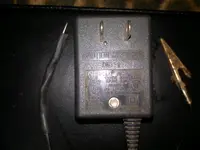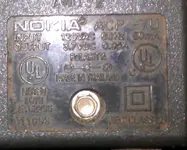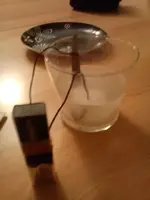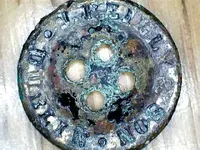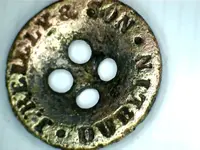coachbedford
Full Member
- Joined
- Jun 15, 2014
- Messages
- 246
- Reaction score
- 62
- Golden Thread
- 0
- Primary Interest:
- All Treasure Hunting
From time to time I see suggestions on here to run artifacts (including one i posted) through the electrolysis process to clean off the rust, preserve it,etc.
I am going to assume I don't have the knowledge nor the equipment necessary for the "electrolysis" process. Even if I did, I don't even have any space that could be used as a "lab." So what's the next option? Pay a museum to do it? Soak the object in olive oil for three months? Thanks.
I am going to assume I don't have the knowledge nor the equipment necessary for the "electrolysis" process. Even if I did, I don't even have any space that could be used as a "lab." So what's the next option? Pay a museum to do it? Soak the object in olive oil for three months? Thanks.



